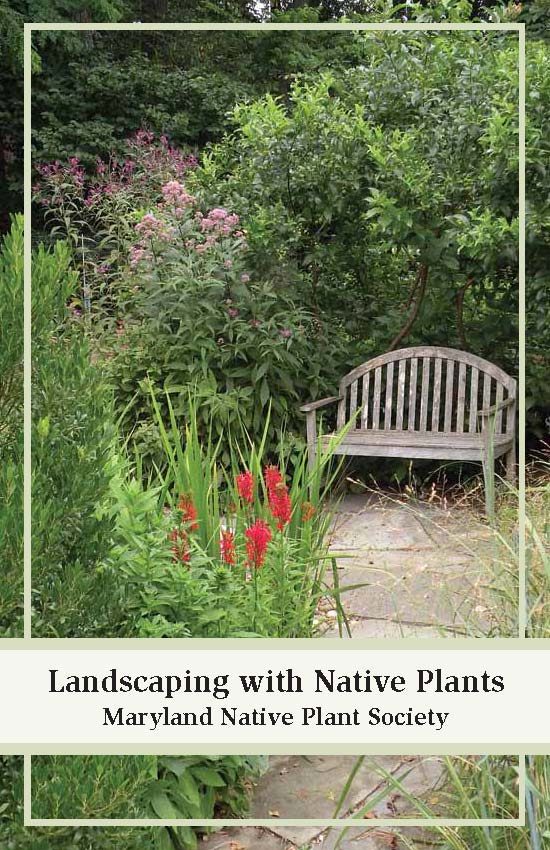Native plants benefit the environment whether they are replacing lawns in backyards or filtering stormwater runoff on public property. Many colleges and churches have established native plant gardens, and demonstration gardens can be found in many parks and nature centers.
Check the Maryland Native Plant Society https://mdflora.org/gardening for information and resources


In February 2020 Linda DeGraff – an artist, naturalist, and former resident of Mount Rainier – presented a slideshow derived from Doug Tallamy’s research and book Bringing Nature Home. In addition, Councilman Luke Chesek gave a brief presentation on the work the City of Mount Rainier is doing to continue its sustainability efforts, including the promotion of native plants and waterways. Contact the Mount Rainer MD Green Team to find out how to make your town part of the native plant corridor/network to build local communities https://mountrainiergreenteam.org/contact/
-----------------------------------------------------------------------
Example of a Sierra Club Volunteer Project in 2015:
The Sierra Club previously sponsored a native plant garden in the Hilton Area of Patapsco Valley State Park (Hilton Avenue, Catonsville MD 21228; click here for description and directions). The garden was located within the boundaries of the All-Sensory Trail.

Left: View of the garden, February 2015. The ropes along the All-Sensory Trail can be used as guides for the visually-impaired.
The area includes both mature and young trees. The ground cover consists of non-native plants such as Japanese barberry, Japanese stiltgrass, and multi-flora rose. The goal for the garden is to replace the non-native plants within the boundary of the trail with native plants, starting at the interior edge of the trail on the east end, and working in.
Because the setting is a woodland, the result will not be a formal garden, but will still be more cultivated than the natural ground cover of the forest would be. Plants will be low-maintenance perennials, deer-resistant if possible, grouped together in rows or patches that are marked by borders (rocks, gravel, or mulch), and labeled so that visitors (and gardeners) can recognize them.
In keeping with the educational intent of the trail, the landscaping will demonstrate the use and characteristics of various native plants. For example, we will grow host plants for butterflies to support the planned butterfly exhibit.
The section that has been planted so far is located at the entrance to the loop trail (see map) and includes: Virginia creeper and three-seeded mercury; golden ragwort; common milkweed. Beside these on the interior (that is, to the west) are mistflowers, asters, fleabane, and snakeroot.
All the plants are labeled with the common and Latin names written on wooden sticks.
Volunteers are needed to remove the invasive plants and prepare the ground for planting, to plant native species, and to weed the existing planted areas. Volunteers will usually get extra plants to take home, too.